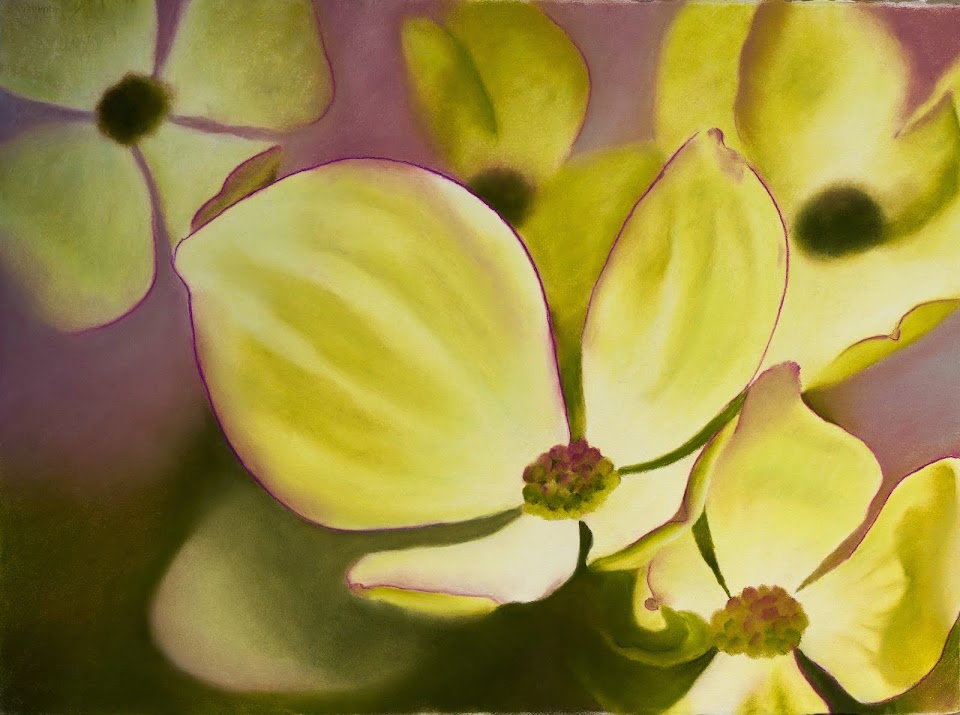 |
| In the Balance |
Balance is a fairly simple principle of art concept. We all try to balance and juggle all sorts of things in life; we even have a “center of balance.” Balance is having elements in your photograph or work of art feeling “even” and not giving you a feeling of being lopsided or heavy on one side or the other. Quite applicably you can consider the thought of the picture of justice and the balance that figure holds. The photograph does not have to be symmetrical or have the same elements, just the same weight.
 |
| Curious Uncertainty :shape symmetry |
 |
| The Stone Bridge :symmetry |
|
 |
| Introductions :size symmetry | | |
There are always multiple elements involved in art and the principle of balance can be achieved by using several. It can involve the elements of value or color or shapes or lines or several of them.
A few considerations would be to think about a natural way your eye reads something: strong color offset by strong value, size, shape, a large object off-set by multiple objects or the use of negative space to off-set your subject. There are a multitude of ways to achieve balance in your work.
 |
| Anticipation :negative space | | |
 |
| The Lonely Wood :values balance |
 |
| The Steeple :shape balance |
 |
| Floating Fall :value and color balance |
 | <---Multiple small elements balanced with a larger element | | | | | |
|
| Making Balloon Animals |
Consider what this means in terms of what you want to convey in your work. What feelings do you want to invoke? What mood do you want to set? What are you trying to achieve? There may be times when you want your work to invoke in someone’s response a sense of imbalance or inequity, other times you need to be certain balance is accomplished in order to transcend the feeling of imbalance or stress. Once you know what you want to evoke with your work, it can serve to help bring about the sense of you and evoke a response. Use it to your advantage to allow the participation of a viewer’s feelings into the subject matter and presentation of your work.










